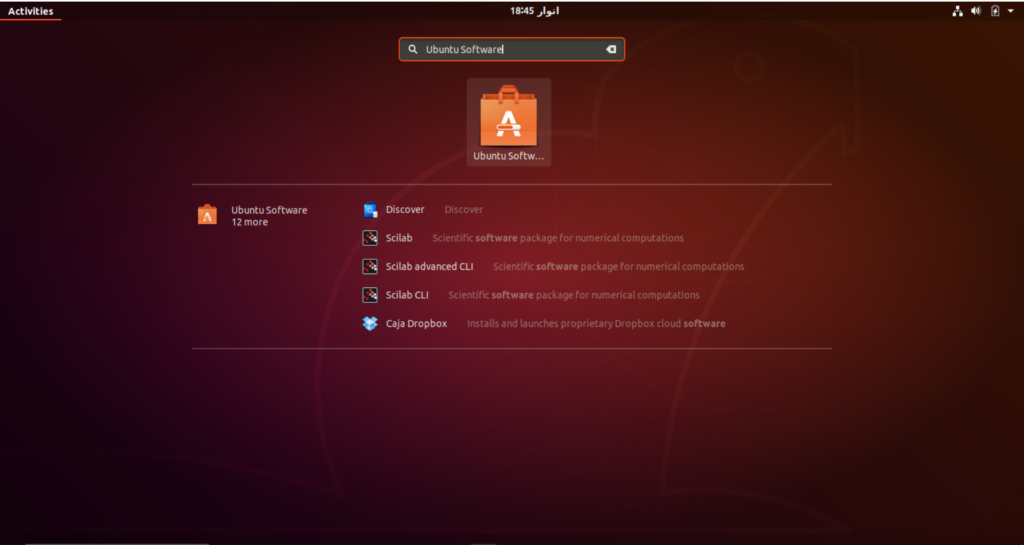
- Open office uninstall package install#
- Open office uninstall package software#
- Open office uninstall package windows#
Open office uninstall package windows#
Once done, launch any Office program such as Word, enter your email address, which you used to purchase Office subscription to activate your copy of Office 365 on Windows 10. Once the Online Repair is done, you will see Office is installed now message. Depending on your internet connection speed, the time required to complete Online Repair might vary from a few minutes to hours. If you click the Quick Repair option, you will see the following confirmation box where you have to click the Repair button to begin repairing your Office 365 installation on Windows 10.Īnd if you choose the Online Repair option and click the Repair button, you will see a confirmation dialog where you need to click the Repair button to begin downloading and installing a fresh and latest version of Office 365 on your PC. We recommend Online Repair only if an issue persists even after trying Quick Repair.Īlso, you might lose your Office customization and settings if you opt for Online Repair. The Online Repair is similar to reinstalling Office 365 as it requires you to activate your copy of Office after the repair job. The Online Repair feature fixes all issues but requires an internet connection. Step 4: Upon clicking the Modify button, you will see the User Account Control prompt where you need to click the Yes button to see the following dialog with Quick Repair and Online Repair options.Īs the dialog says, Quick Repair fixes most of the issues and doesn’t require an internet connection. Step 3: Look for Office 365 entry, click on it to reveal Modify and Uninstall buttons, and then click the Modify button. Step 2: In the Settings app, go to Apps > Apps & features page to view all installed desktop programs as well as apps from the Store. If the Start menu is not opening, use the Windows logo + I hotkey to open the Settings app. Here is a selection:įor more information visit The XLab FAQs and read the FAQ on removing software.Step 1: Open the Start menu and click on the Settings icon to open the Settings app. There are many utilities that can uninstall applications. Be sure you also delete this item as some programs use it to determine if it's already installed. The item generally has a ".pkg" extension. Usually with the same name as the program or the developer.
Open office uninstall package install#
Some applications install a receipt in the /Library/Receipts/ folder. You can modify Spotlight's behavior or use a third-party search utility, EasyFind, instead. Unfortunately Spotlight will not look in certain folders by default. If an application installs any other files the best way to track them down is to do a Finder search using the application name or the developer name as the search term.

Look for them in /Library/LaunchAgents/ and /Library/LaunchDaemons/ or in /Home/Library/LaunchAgents/.
Open office uninstall package software#
Some software use startup daemons or agents that are a new feature of the OS. Locate the item in the list for the application you want to remove and click on the "-" button to delete it from the list. Open System Preferences, click on the Accounts icon, then click on the LogIn Items tab. Log In Items are set in the Accounts preferences. Startupitems are usually installed in the /Library/StartupItems/ folder and less often in the /Home/Library/StartupItems/ folder. Some applications may install a startupitem or a Log In item. Again, they don't do anything but take up disk space once the application is trashed.

You can also delete the folder that's in the Applications Support folder. You can also check there to see if the application has created a folder. Some applications may install components in the /Home/Library/Applications Support/ folder. In some cases the uninstaller may be part of the application's installer, and is invoked by clicking on a Customize button that will appear during the install process. Some applications may install an uninstaller program that can be used to remove the application. If you want you can look for them in the above location and delete them, too. Although they do nothing once you delete the associated application, they do take up some disk space. Applications may create preference files that are stored in the /Home/Library/Preferences/ folder. Most OS X applications are completely self-contained "packages" that can be uninstalled by simply dragging the application to the Trash.


 0 kommentar(er)
0 kommentar(er)
